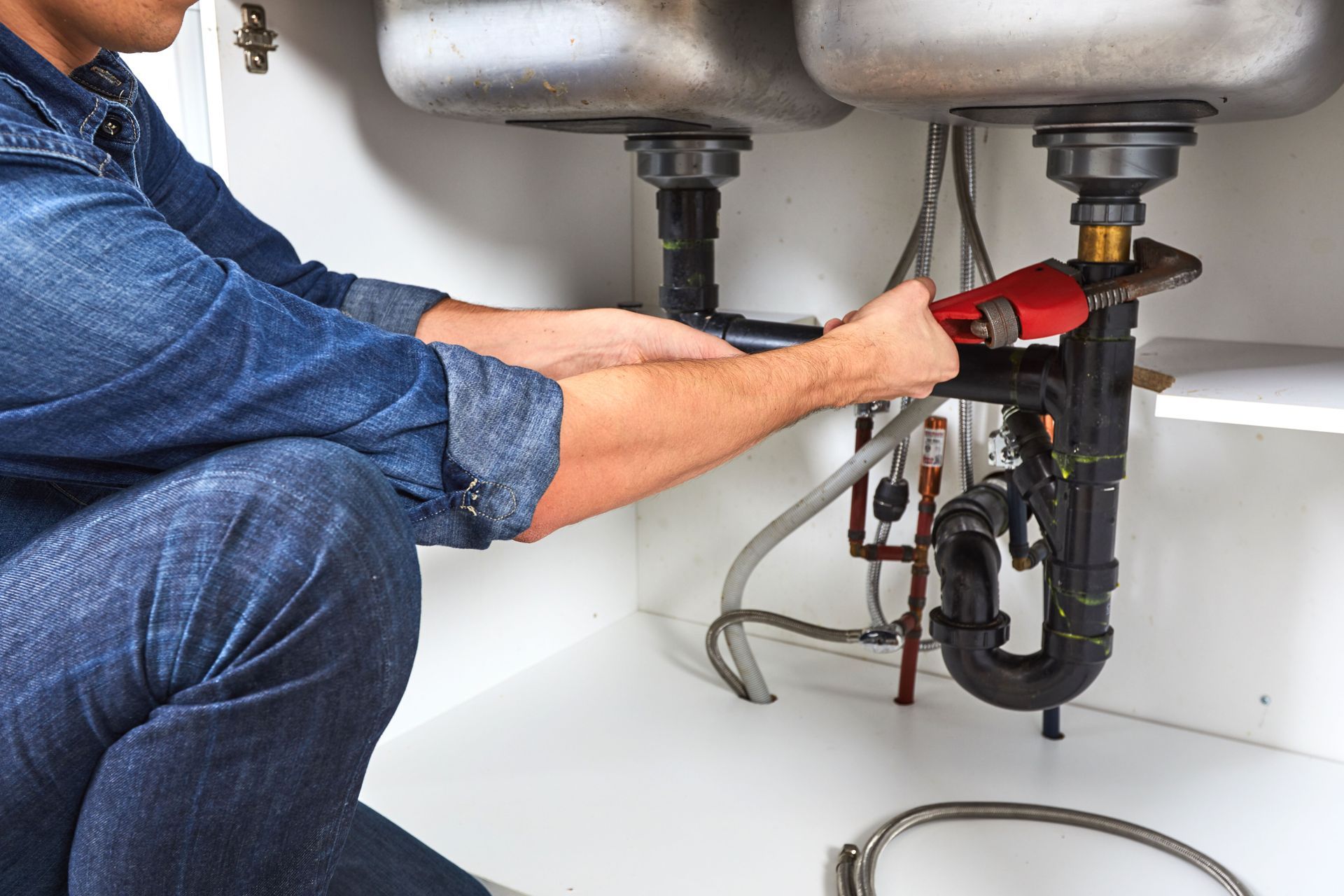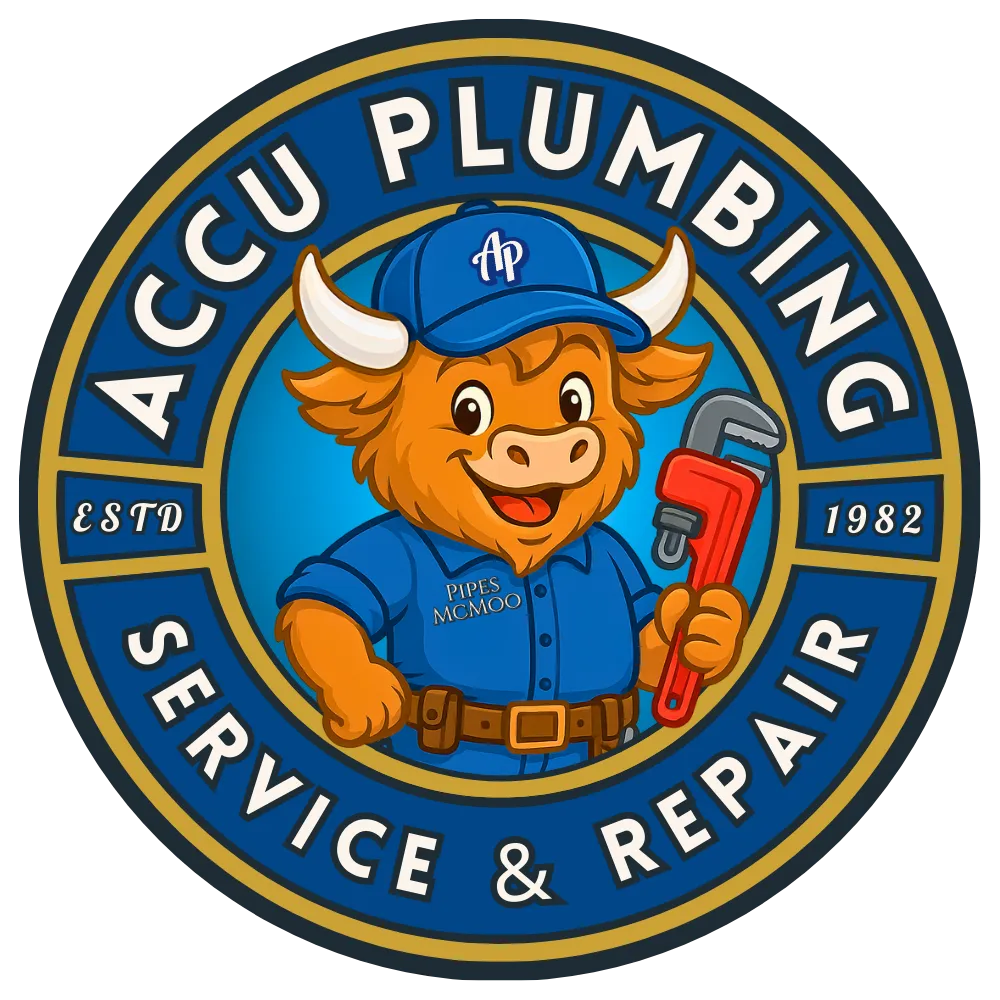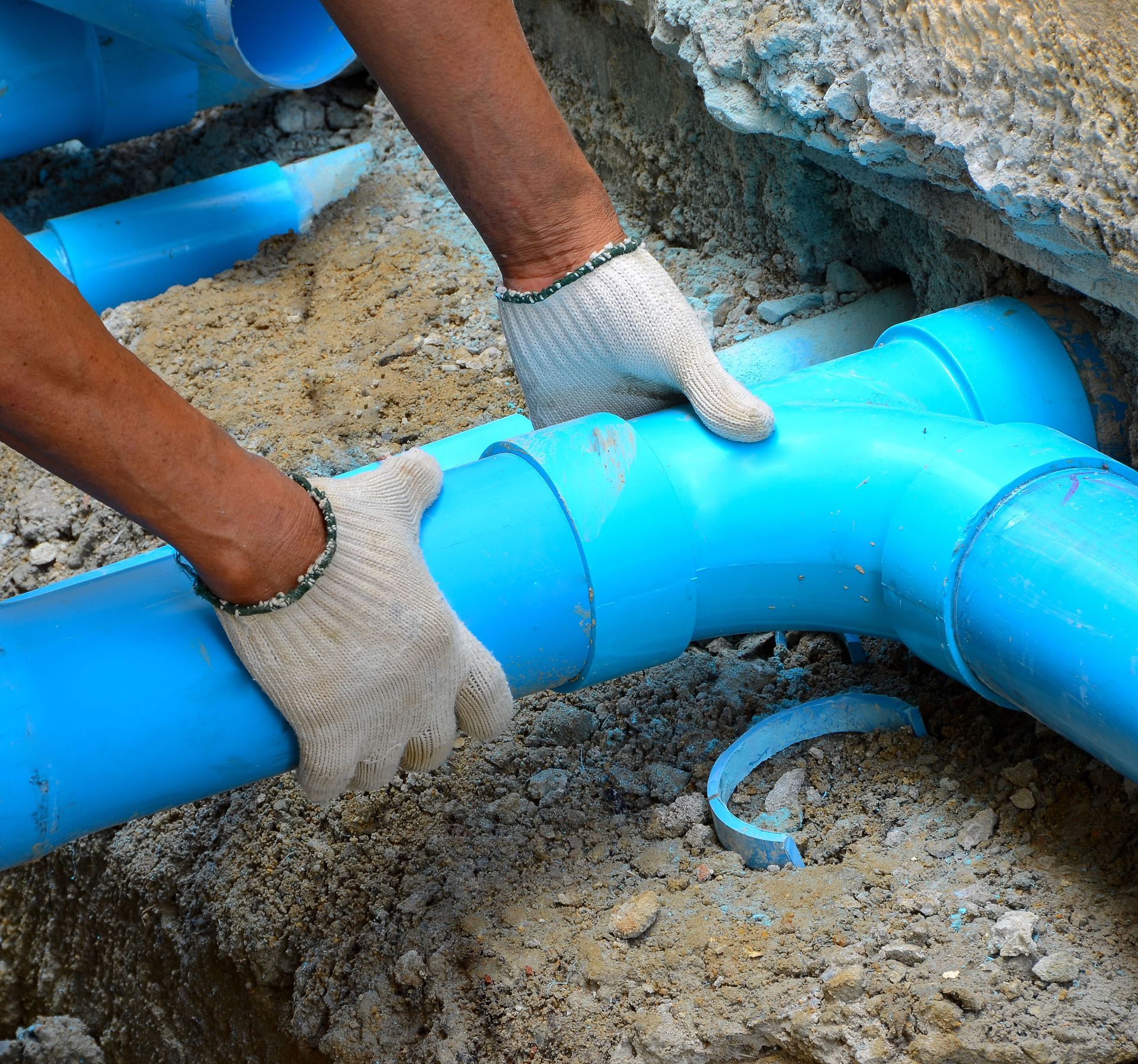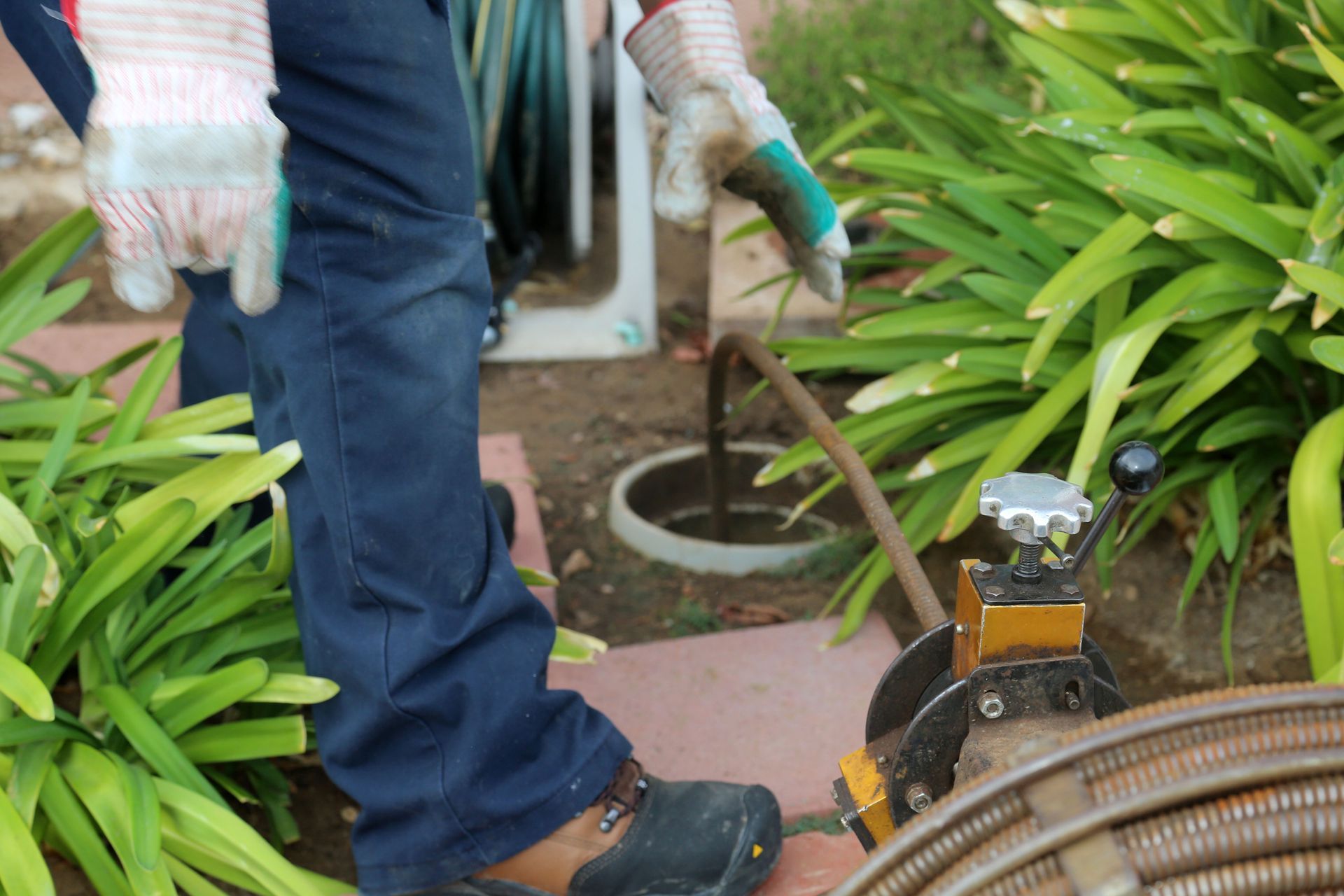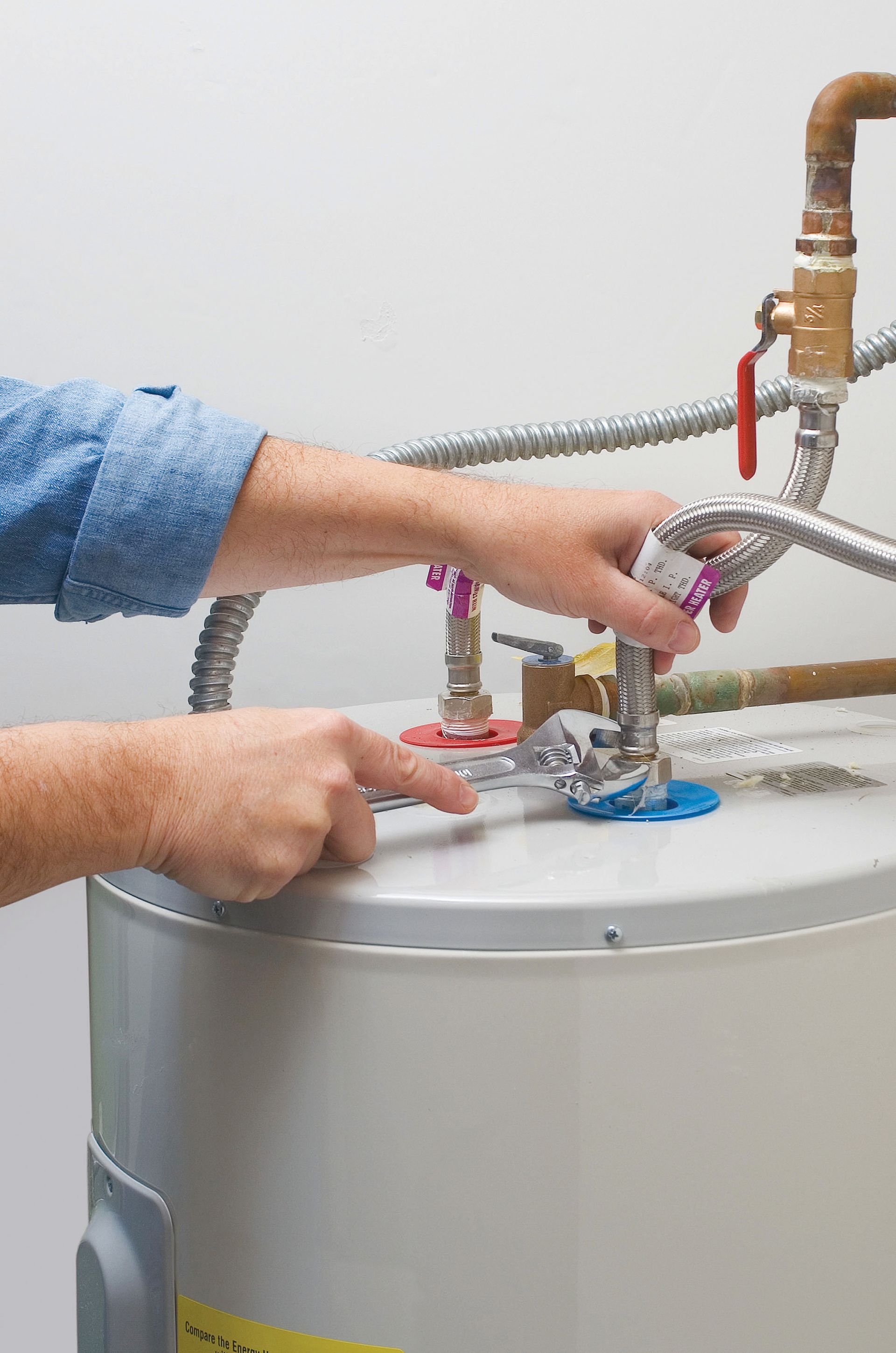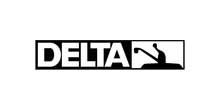September 18, 2025
Leaks are a common issue that many homeowners face. Not only can they increase water bills, but they can also cause significant damage if left untreated. Understanding the common sources of household plumbing leaks can help you prevent them and maintain a healthy system with expert plumbing repair.
1. Leaking Faucets
Leaky faucets are one of the most pervasive plumbing issues encountered by homeowners. Over time, the washers within the faucet can become worn out due to constant use, leading to leaks. The buildup of mineral deposits can also interfere with the smooth functioning of faucet components, causing leakage. Additionally, improper faucet installation or a loose O-ring can result in persistent drips. Each drip may seem insignificant, but collectively, they contribute to a larger problem.
Detecting a leaky faucet can be straightforward if you know what to look for. The most obvious sign is water dripping from the spout when the faucet is turned off. You might also notice an increase in your water bill, an indication of water being consumed even when not in use. Check for water stains or puddles under the sink, as these are often telltale signs. Sometimes, you might even hear the sound of water dripping, especially at night when the house is quiet.
Fixing a leaky faucet involves a few basic steps that most homeowners can handle. First, ensure the faucet's water supply is turned off to prevent further leaks. Then, disassemble the faucet carefully to inspect the washer, O-ring, and other components for damage. Replace any worn or damaged parts with new ones from a local hardware store. Reassemble the faucet, making sure all components are securely tightened to avoid overtightening. Turn the water supply back on and check if the leak persists.
2. Dripping Showerheads
A dripping showerhead commonly results from worn-out or damaged washers or seals within the shower fixture. Frequent use and age contribute to the degradation of these essential components, leading to leaks. Mineral deposits from hard water can accumulate within the showerhead, further exacerbating leaks. These factors cause water to escape even when the shower is turned off. Identifying these common causes allows homeowners to address leaks promptly by hiring a professional plumbing repair.
Recognizing a dripping showerhead is essential to address the problem promptly. According to This Old House, the average home leaks about 10,000 gallons of water each year. One prevalent indication is water trickling from the showerhead long after it has been turned off. Elevated water bills may also highlight a leakage issue if regular water usage remains unchanged. Careful listening is necessary since the sound of intermittent dripping water may not always be obvious initially. Upon closer inspection, mineral crust or staining around the showerhead signifies a persistent leak issue.
Addressing a dripping showerhead commonly entails simple DIY fixes that homeowners can undertake. Initiate repairs by shutting off the water supply or turning off the water heater to prevent water loss during maintenance. Disassemble the showerhead to inspect the washers and seals for damage or deformation, replacing them if necessary. Clean the showerhead thoroughly to remove mineral deposits that may interfere with proper sealing. Reassemble the showerhead carefully to ensure each part fits snugly and test for leaks.
3. Running Toilets
A running toilet is often caused by configuration problems or worn-out parts within the tank. Faulty flapper valves are a frequent culprit, as they fail to create a watertight seal, allowing continuous water flow. Maladjusted fill valves can also cause tanks to overfill, leading to persistent running issues. Problems with the float arm that measures water levels in the tank can likewise result in continuous flow. Addressing these problems quickly with professional plumbing repair is crucial for preventing water wastage.
Identifying a running toilet is possible by observing several distinct symptoms. An obvious sign is a toilet that unexpectedly fills with water, followed by a hissing sound, indicating water flow. Besides the persistent noise, you may notice higher monthly water bills due to water wastage. An occasional overflow that doesn't result in flushing could also result from a malfunctioning toilet. Thorough verification of these signs facilitates the timely management of running toilets, helping to conserve water.
Resolving a running toilet issue typically involves some basic steps that homeowners can undertake. Begin by removing the tank lid and visually inspecting each component while monitoring water movement. Adjusting the fill valve or replacing a faulty flapper can be effective DIY solutions for stopping water flow. Additionally, rectify the unit's float arm to ensure proper toilet tank water level measurement. Implementing these straightforward solutions can effectively remedy water wastage caused by running toilets.
4. Detecting Pipe Leaks
Pipes are prone to leaks due to a variety of reasons, some of which are age, deterioration, and corrosive water quality. Over time, rust and corrosion can weaken pipe walls, leading to small holes and cracks. Particularly in older homes, plumbing materials may expand and contract in response to temperature shifts, causing fractures. Additionally, extreme water pressure can unexpectedly stress pipes, resulting in leaks at weak spots. Failure to address these issues can harbor more extensive damage over time.
Identifying pipe leaks early on can prevent potential water waste and extensive damage to your home. Water stains on walls or ceilings, mold growth, and pooling water are some visible signs of leaks. An unexplained increase in your water bill or a decrease in water pressure might also suggest hidden leaks. Check areas prone to leaks, such as basements or beneath sinks, for moisture or damage signs. Routinely monitoring for these symptoms and conducting visual inspections helps catch leaks early, during manageable stages.
Temporary solutions can control pipe leakages when immediate professional plumbing repair is unavailable. Evaluate the extent of the leak before attempting temporary measures for a small or localized repair. Plumber's tape is a common quick fix suitable for minor leaks at pipe joints until more substantial measures are taken. Another useful solution involves using epoxy compounds, which temporarily seal leaks in metal and plastic pipes. These measures, though temporary, delay escalating damage until a socialized professional resolution can be sought.
5. Diagnosing Heater Problems
A water heater might leak from several points, requiring thorough examination to effectively identify sources. Examining joints and connections often reveals drips that indicate leaks from wear or inadequate fitting. The temperature-pressure relief valve and drain valve often suffer from overuse or sediment granules, leading to leaks. Tank corrosion or rupture also serves as a significant cause of water heater leaks. Once identified, understanding specific leak sources advances the resolution process with proper intervention strategies.
Diagnosing water heater issues efficiently is crucial for optimizing performance and extending appliance lifespan. Frequent fluctuations in water temperature, rust colored water, and notable rumbling noises may indicate malfunction origins. Such symptoms often suggest sediment buildup, requiring draining and manual cleaning of the tank by experienced professionals. Decreased hot water capacity and broken components might also be indicative of multiple mechanical issues. Accurate diagnosis and comprehensive analysis of symptoms guide forthcoming repairs and remediation plans.
Temporary measures can help contain water heater leaks, keeping further water wastage in check. Shutting off the appliance's power supply and closing the water intake valve serves as an initial containment response. Inspecting connections and retightening any loose fittings mitigates immediate leakage if feasible. Applying silicone adhesive or caulking compounds may remedy small leaks temporarily, but requires skilled attention later. As quick fixes offer only short-term relief, pursuing professional solutions remains essential for sustained water heater operation.
Addressing household plumbing leaks promptly with professional plumbing repair can save you from costly repairs and conserve water. By being aware of the common sources and taking proactive measures, you can protect your home and ensure the longevity of your plumbing systems. Don't hesitate to reach out to a professional when needed to handle complex issues safely and effectively. For more information about the services that we offer, reach out to our incredible team at ACCU Plumbing LLC today!
